Taylor 250ce-BLK DLX
An affordable and stage-worthy 12-string, dressed in black.
Taylor has been making waves with its advanced Builders Edition models, its new Grand Pacific body shape, and V-Class bracing, all of which have elevated the company’s signature sound, looks, and playability. But while the accolades surrounding these new instruments are well-deserved, it’s also great to see that Taylor is quietly refining many of its entry-level models. I recently had a chance to spend time with a new 250ce-BLK DLX that offers a new combination of features, making it a very cool new take on the company’s legendary 12-strings.
The 250ce-BLK DLX is part of the “Deluxe” models that are more dressed-up variations on Taylor’s affordable 200 series. The guitar has a traditional dreadnought body with a cutaway and it’s constructed with layered maple back and sides and a solid Lutz spruce top. It has an arched back with no bracing, and the top is reinforced with a traditional, forward-shifted X-bracing pattern. The guitar’s most distinguishing aspect is that it is almost completely black. The body, back of the neck, and peghead faceplate are finished in shiny gloss black; it has a black-on-black pickguard; hardware such as tuning machines and strap buttons are black; and even the ebony used for the fingerboard and bridge is dark black. The white binding on the body, a pearloid rosette, and small-diamond position markers are the only non-black elements other than the nut, saddle, and Taylor logo. Overall, the guitar has a simple, yet sophisticated appearance that would certainly look great onstage. In a further nod to stage-worthiness, the 250ce-BLK DLX includes Taylor’s Expression System 2 electronics—the same system used on Taylor’s more expensive guitars.
Taking the guitar from its deluxe hardshell case (another upgrade from standard 200-series models, which come with a gig bag), I was happy to find the great feel and playability that have made 12-strings a major part of Taylor’s success story. The guitar’s relatively shallow neck shape and 1⅞-inch width at the nut will be familiar to anyone who has ever played a Taylor 12-string. The guitar was set up to play incredibly easily, to the point where I can think of plenty of six-strings that are harder on the fingers than the 250ce-BLK DLX. The guitar has a full and balanced strumming voice, and it’s tonal balance makes it fun to play up the neck. Plugged into a Fishman Loudbox Mini amp, the instrument demonstrated that it would not only look great onstage, it will also be right at home sonically, delivering natural 12-string jangle with none of the string-balance issues that can be tricky with amplified 12-strings.
Overall, the 250ce-BLK DLX is a great example of the value that Taylor is able to offer with instruments near the entry-level in its catalog. The guitar delivers great tone and looks, and pricing aside, it may be all the 12-string that many performers need.
Taylor 250ce-BLK DLX Specs
- Cutaway dreadnought body
- Solid Lutz spruce top with X-bracing
- Layered maple back and sides
- Ebony fingerboard and bridge
- 25.5-inch scale
- 1⅞-inch nut width
- Black Taylor tuning machines
- Expression System 2 electronics
- Made in Mexico
- $1,599 street
Related Instrument Demos Posts
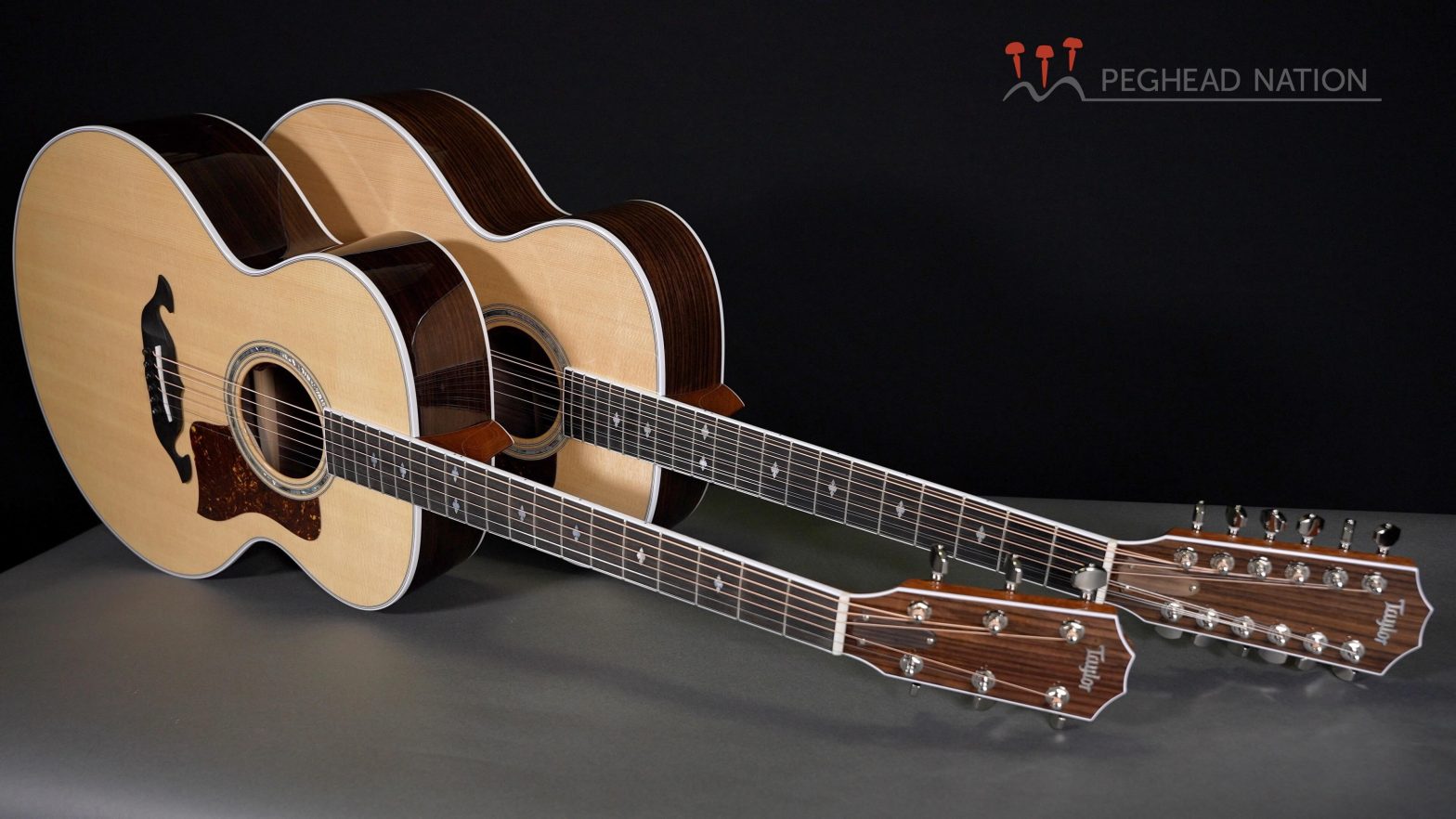 |
Taylor Legacy Collection 815e and 855eBrand-new versions of Taylor’s legendary rosewood jumbo six- and 12-strings. Read More |
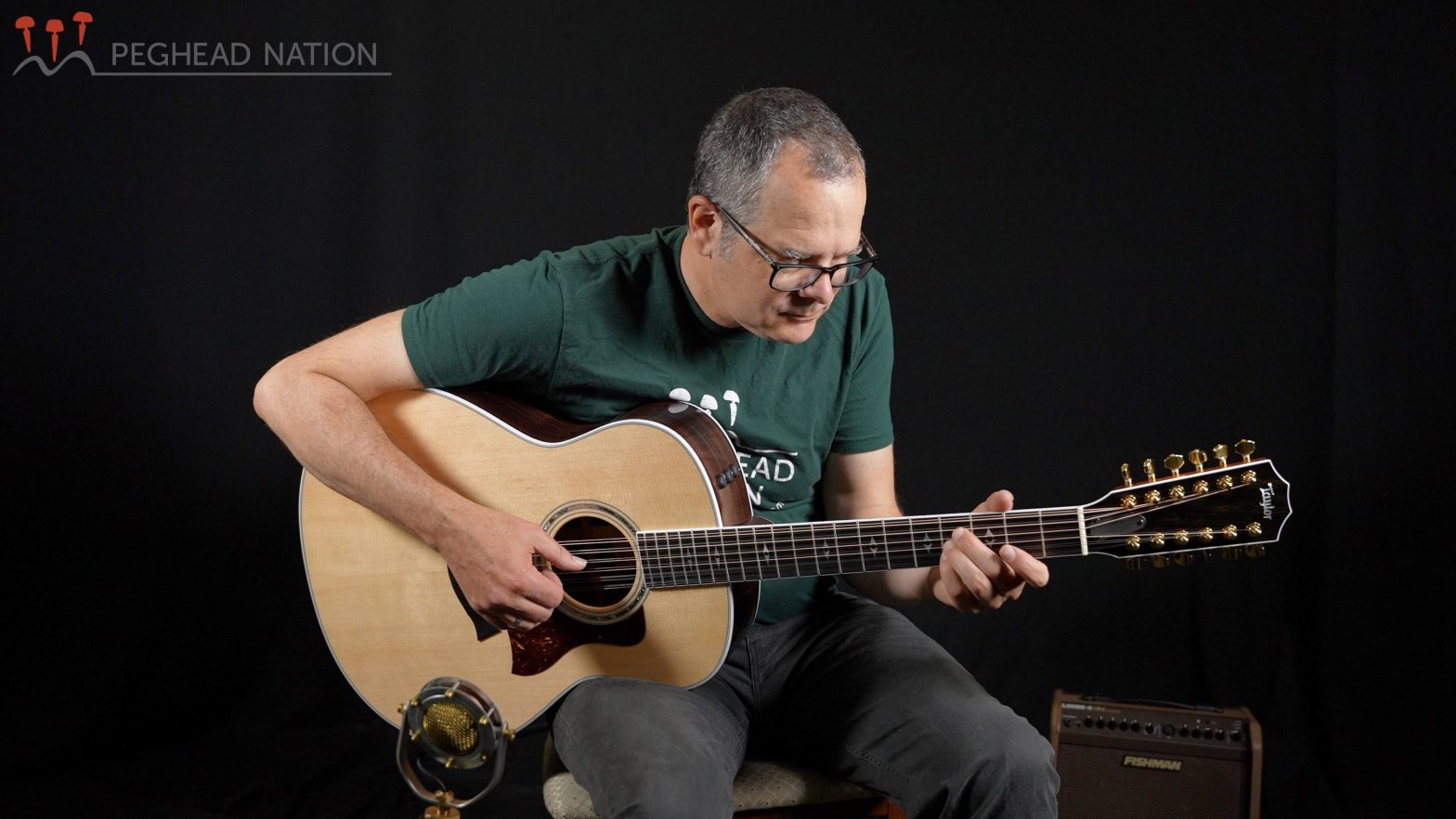 |
Taylor 858e LTDA powerful 12-string from Taylor’s 50th anniversary collection. Read More |
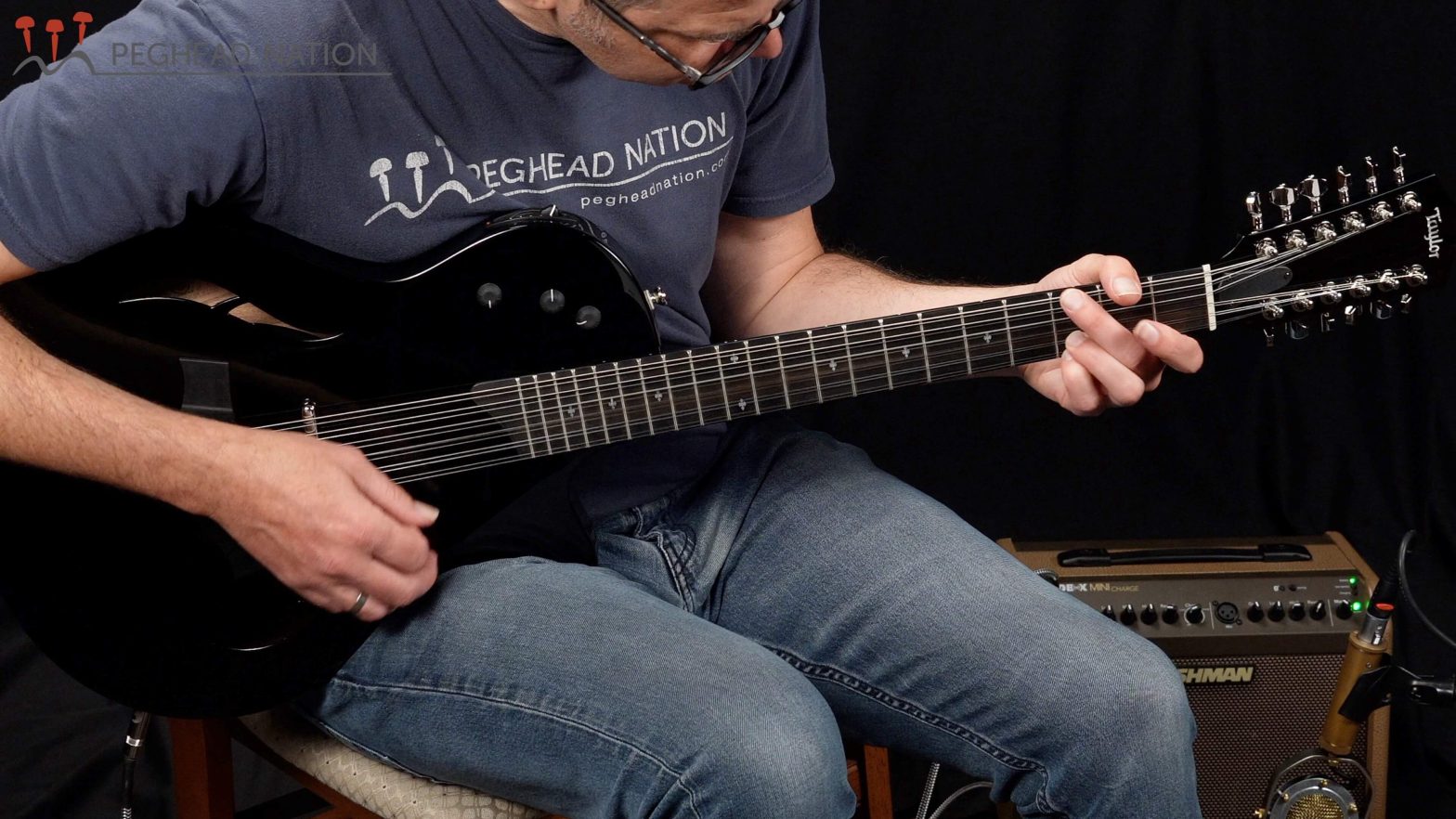 |
Taylor T5z-12 Classic DLX Special EditionA reverse-strung hollowbody 12-string electric. Read More |
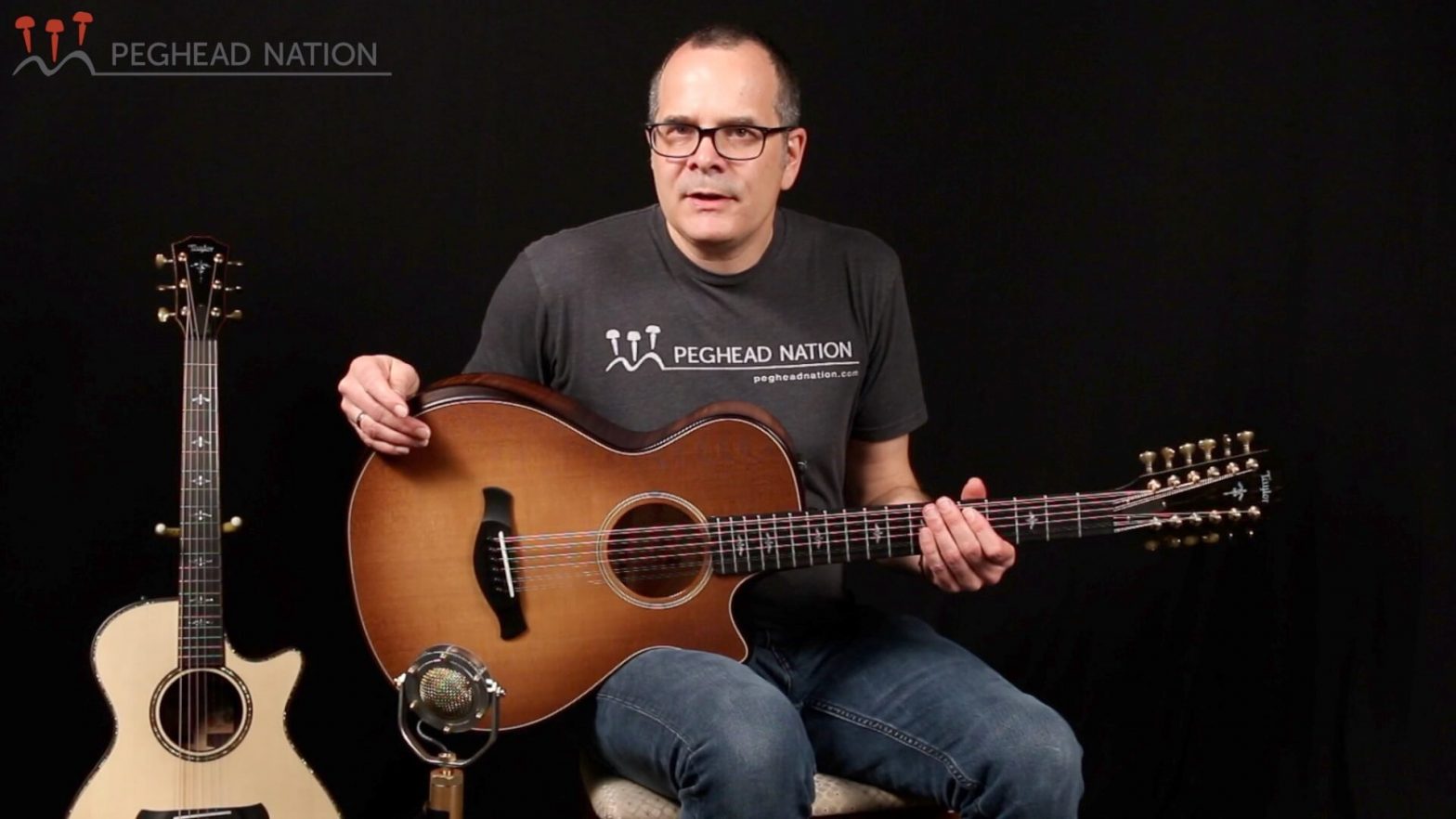 |
Taylor Builder’s Edition 652ce WHB and 912ceA completely new 12-string and an updated version of a Taylor classic. Read More |
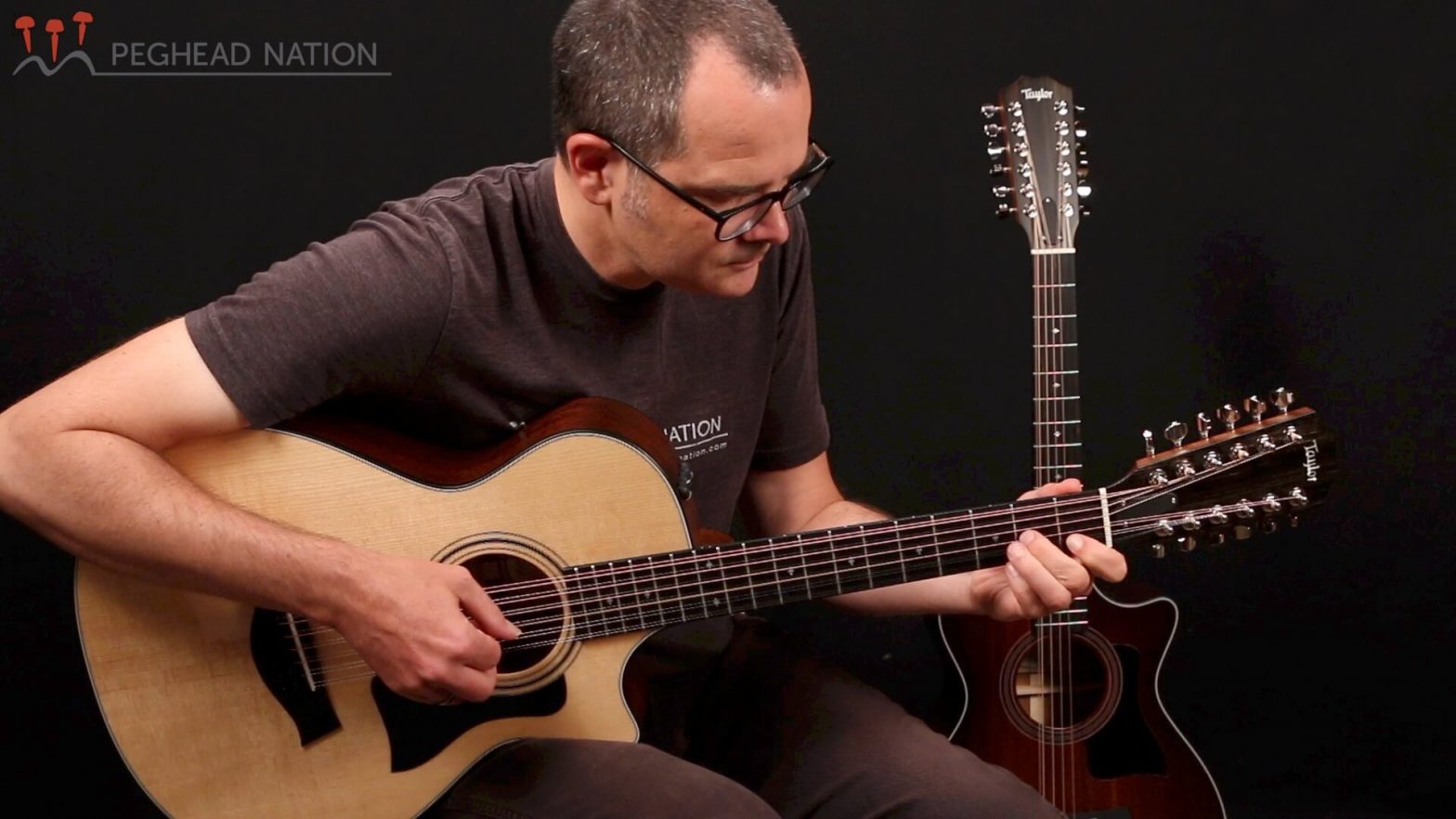 |
Taylor 352ce and 362ceA new pair of small-body acoustic-electric 12-strings. Read More |
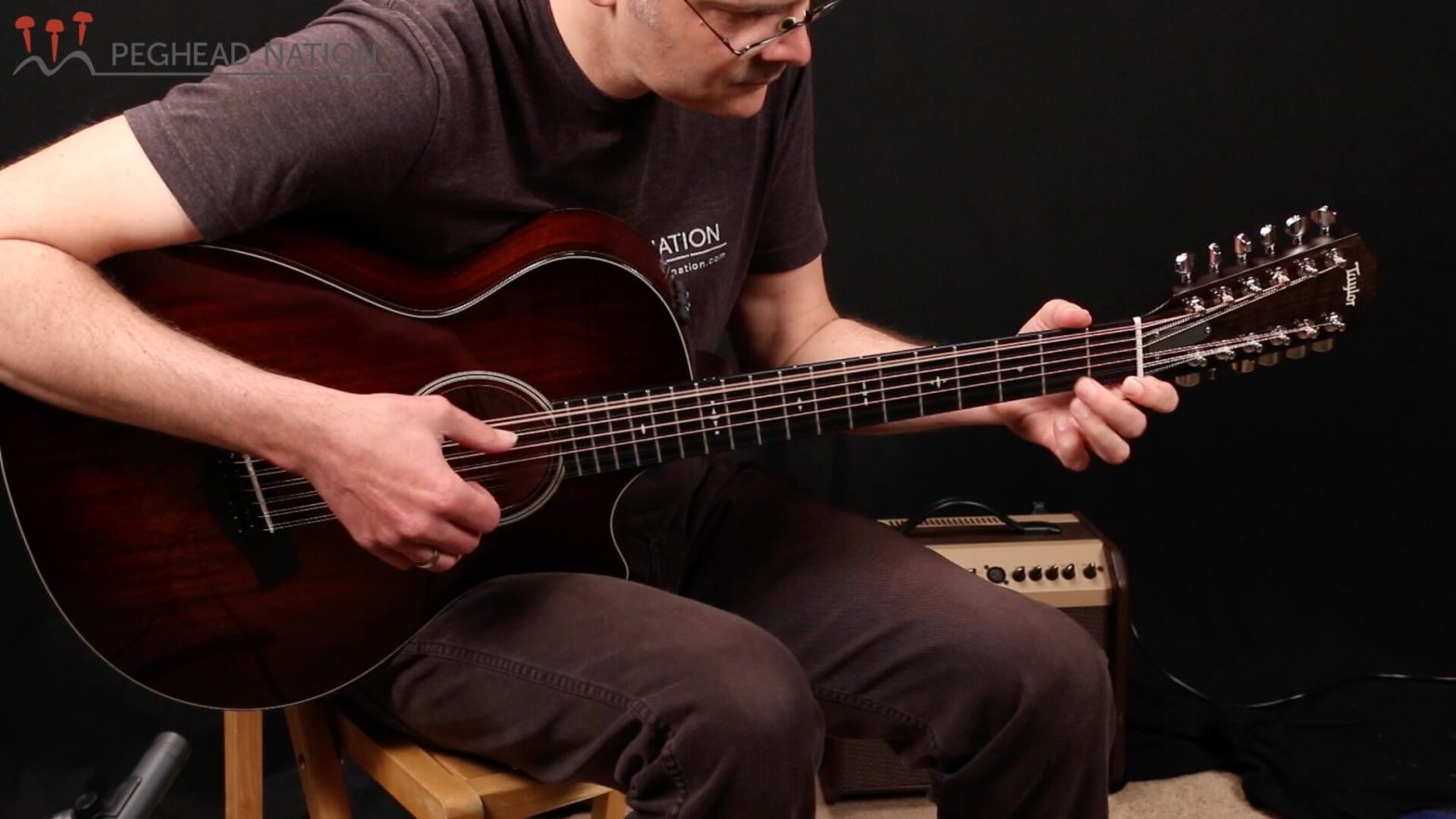 |
Taylor 562ceSmall-body 12-string offers great tone and effortless playability. Read More |
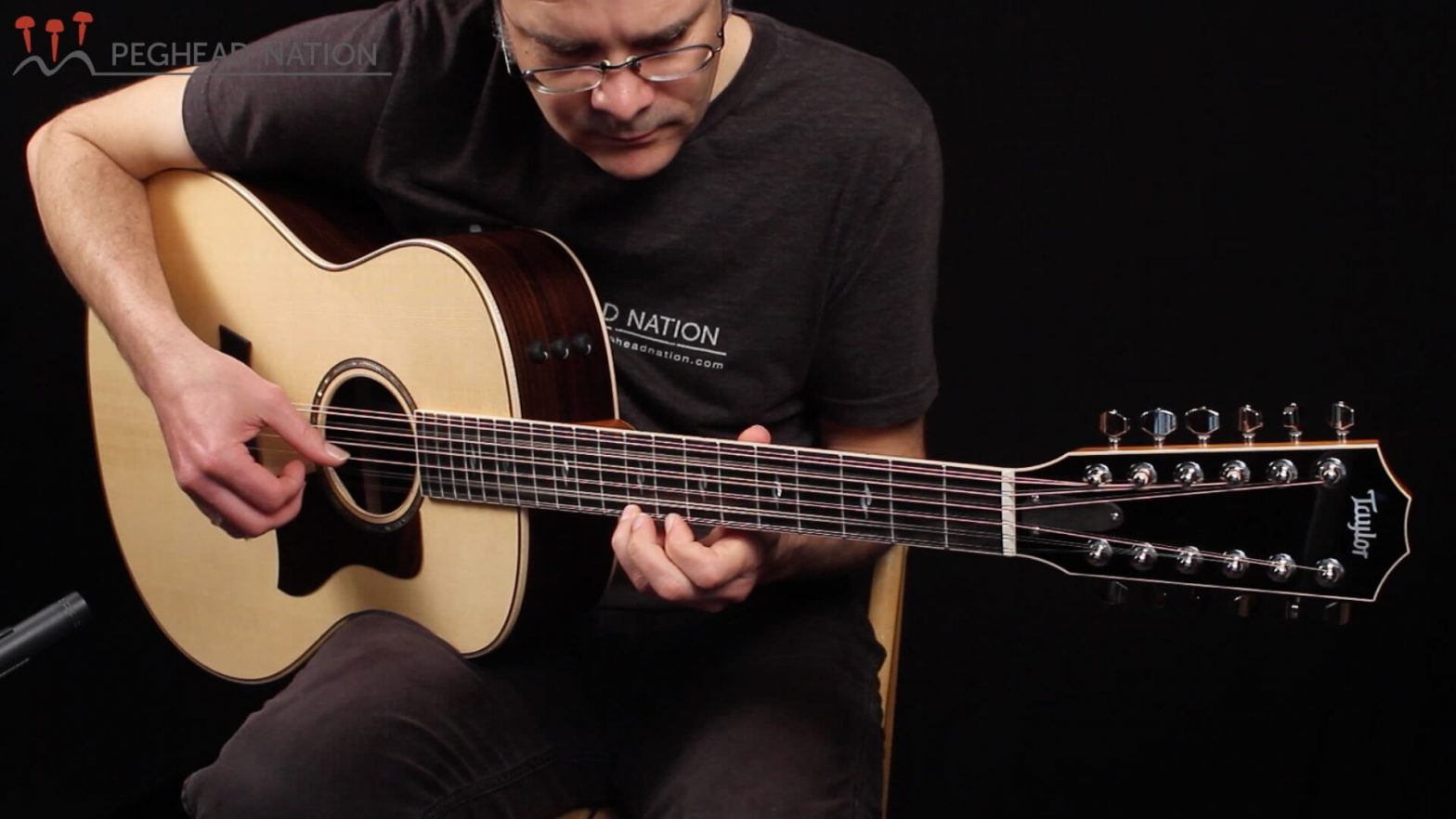 |
Taylor 858e 12-StringTaylor’s latest 12-string is the first built with its grand orchestra body. Read More |
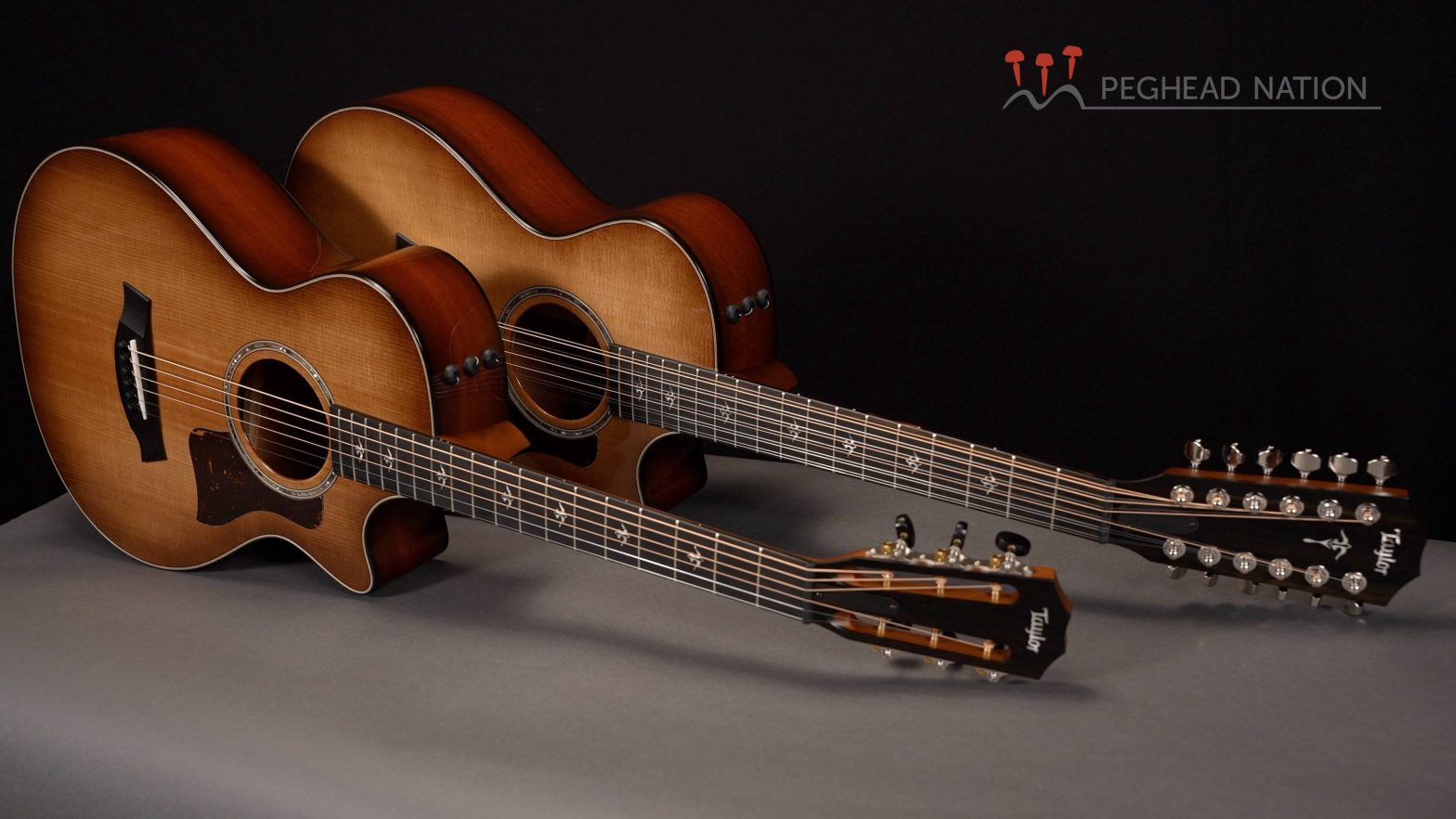 |
Taylor 512ce 12-Fret and 552ceA new pair of six and 12-string Grand Concerts expands Taylor’s urban ironbark 500 series. Read More |
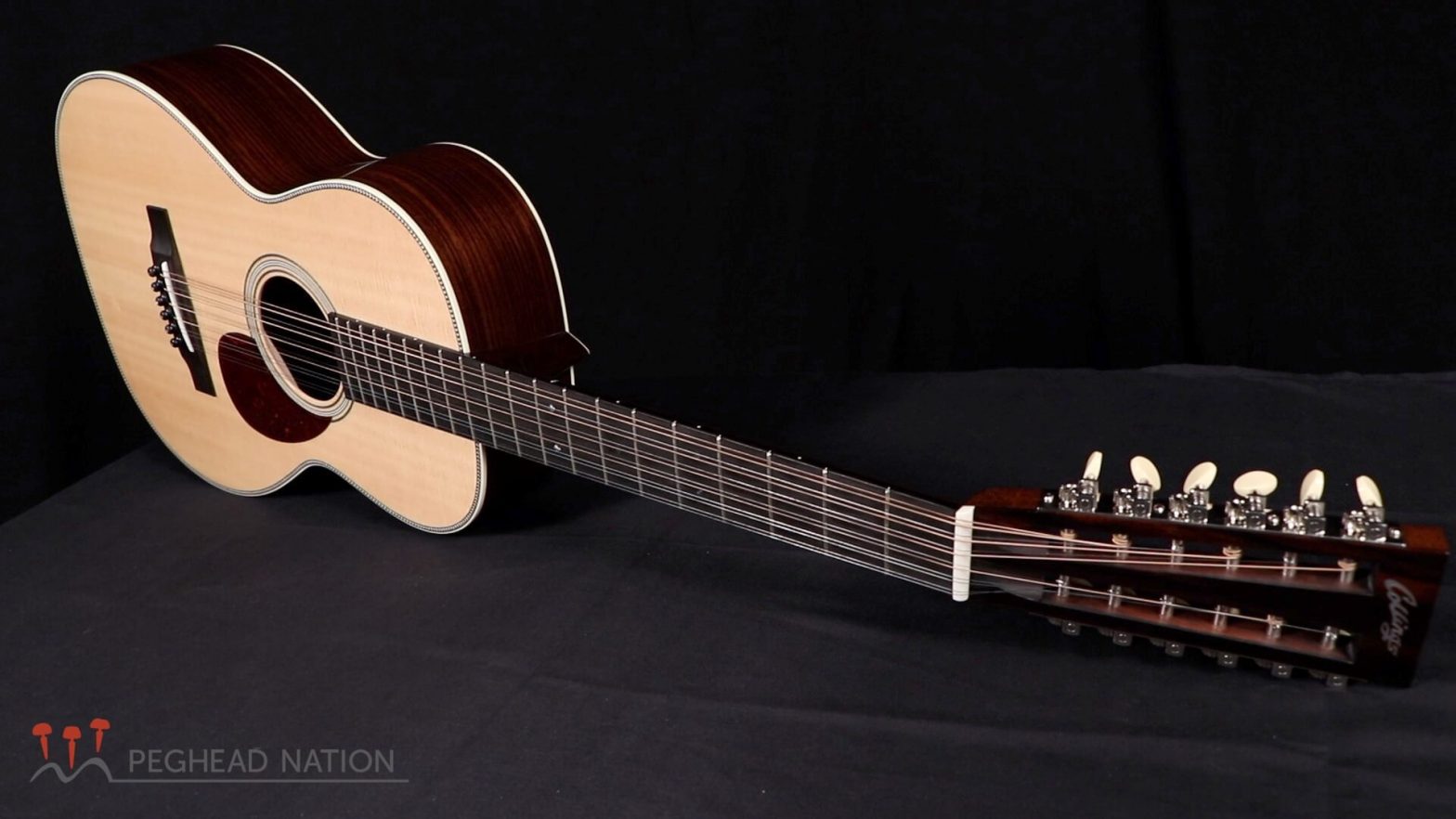 |
Collings 02H 12-StringA small-body 12-string with easy playability and a big sound. Read More |
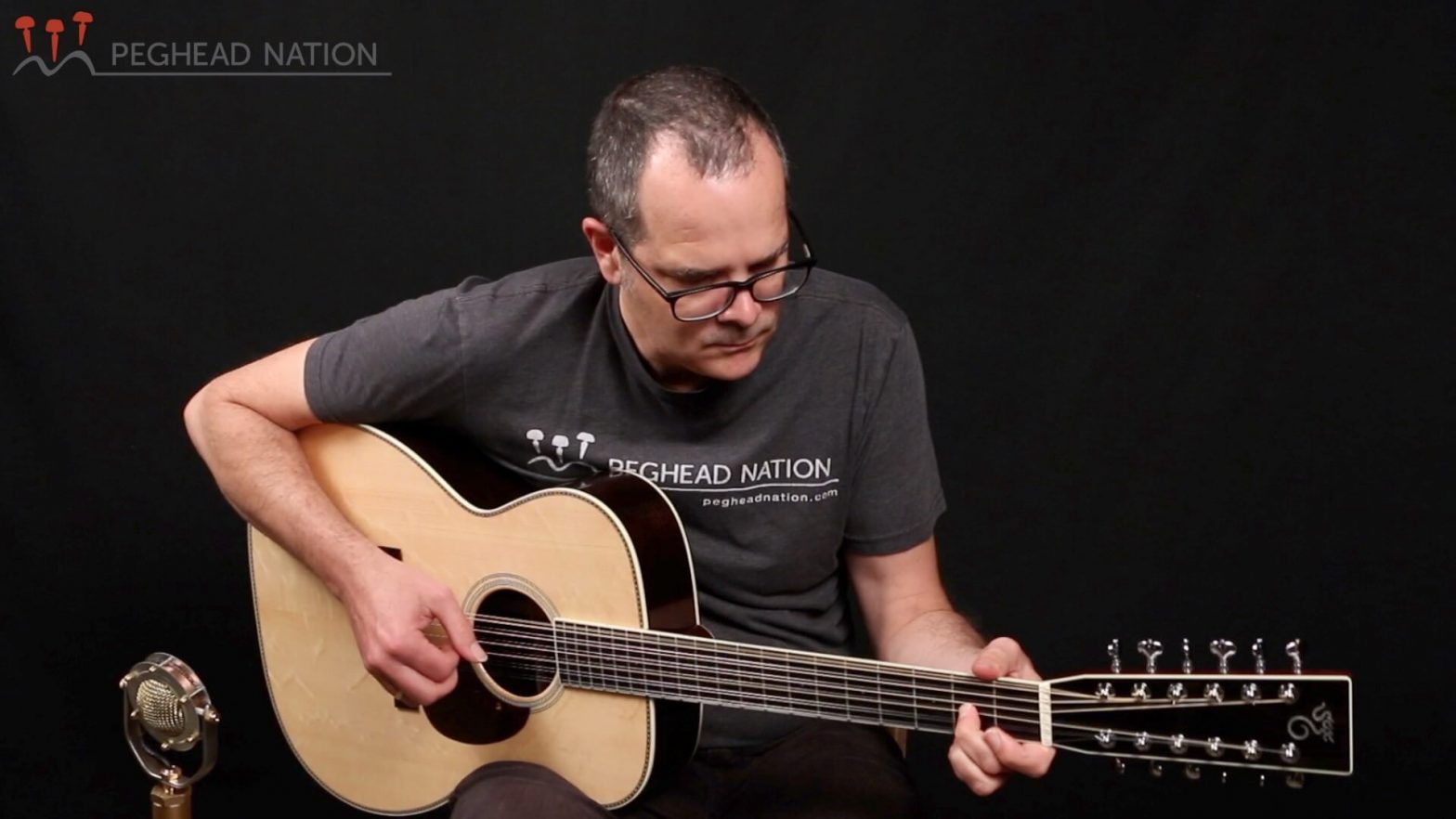 |
Santa Cruz OM Grand 12-StringA powerful 12-String from California’s custom guitar specialists. Read More |





